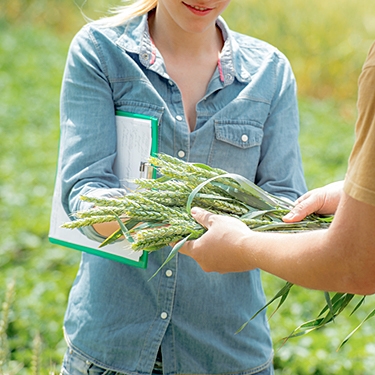Illuminating the value of technical research

On behalf of a commodity producer organization, WPI evaluated the outputs from a project that featured a $5 million investment into technical research over multiple years. WPI’s team captured the results of this extensive effort and synthesized them for presentation to the organization’s governing board; among the findings uncovered and presented for the first time was the development of genomic traits proven, via rigorous testing, to provide crop yield advantages of 50 percent or more to U.S. farmers in times of drought. Capturing measurable results from long-term efforts can be challenging. Educating clients on the dynamics of success measurement when quantifiable results are not readily available requires deep client-consultant collaboration and an ability to consider both near- and long-term client aspirations with market/policy dynamics – attributes that WPI brings to every consulting engagement.

 WPI Grain Prices and Freight Rate App Note: you can also visit the app directly by clicking here. Supplemental Information The section below offers a concise view of the options available in the current version of the WPI FOB Price and Freight Rate app, along with a short “How To”...
WPI Grain Prices and Freight Rate App Note: you can also visit the app directly by clicking here. Supplemental Information The section below offers a concise view of the options available in the current version of the WPI FOB Price and Freight Rate app, along with a short “How To”...
 Mediterranean/Middle East/North Africa/Africa – MEA Region Egypt’s Safaga port, south on the Red Sea, will be expanded and improved as a result of an agreement between Egypt’s Al Dahra Agriculture and Abu Dhabi based AD Pors Group. There are plans to make Safaga into a regiona...
Mediterranean/Middle East/North Africa/Africa – MEA Region Egypt’s Safaga port, south on the Red Sea, will be expanded and improved as a result of an agreement between Egypt’s Al Dahra Agriculture and Abu Dhabi based AD Pors Group. There are plans to make Safaga into a regiona...
 Mediterranean/Middle East/North Africa/Africa – Mea Region Iran says that there will be no problems with grain imports and distribution although news stories say that major importer Modalal Group is facing financial difficulties due to EU banking sanctions and a severe shortage of foreign...
Mediterranean/Middle East/North Africa/Africa – Mea Region Iran says that there will be no problems with grain imports and distribution although news stories say that major importer Modalal Group is facing financial difficulties due to EU banking sanctions and a severe shortage of foreign...